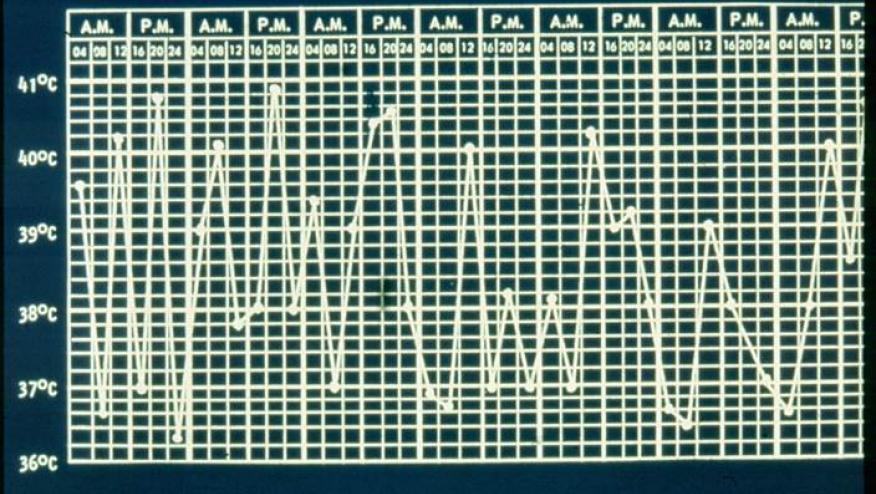When to Stop Biologics in Systemic JIA? Save

Systemic onset juvenile idiopathic arthritis (sJIA) is a dramatic onset inflammatory condition marked by spiking fevers, intermittent rash, polyarthritis and a host of other hyperinflammatory manifestations. The condition may be well controlled in many through the use of high dose corticosteroids often with inhibitors of IL-1 or IL-6. The problem is that we can therapeutically supress inflammation, but are often left wondering when and how to stop these aggressive and extensive therapies.
At ACR 2021, abstract #0254 examined data from the CARRA registry to answer this question. From the 766 sJIA patients enrolled, they analyzed 493 who met inclusion criteria and were off all meds for > 6 mos. Most of these patients were in the first 2 years of disease with a range up to 4+ years.
Only 18% were able to wean off all medications. By multivariate analysis, the predictive characteristics of successful withdrawal included included younger age (HR 0.95; 95% CI 0.90-0.99; p=0.02), normal CRP levels < 10 mg/L ( >=10 mg/L vs < 10 mg/L HR 0.45; 95% CI 0.26-0.78; p=0.005), and shorter time between diagnosis and start of medications (HR 0.90; 95% CI 0.82-0.995; p=0.04).
But a high percentage continued to have active disease; 32% who trialed off meds had to be restarted within 6 mos and 3.9% developed the life threatening complication of macrophage activation syndrome (MAS). Classic clinical features of sJIA (fever, rash, lymphadenopathy, hepatosplenomegaly and serositis) did not differentiate between who could and could not successfully wean therapy.
In my experience with many adult-onset Still's patients (AOSD), the duration of active inflammatory disease (requiring steroids and cytokine inhibitors) is roughly 8 months to 8 years (for most; but not all) and my general rule of thumb is to only consider weaning therapy after 12 months of remission (no fever, no rash, normal CRP, ESR); and only then will you maybe have a 50% chance of stopping therapy.
This study shows that in the first 2 years, only 18% were able to withdraw therapy with success and no flare after 6 mos of observation.
Dr. Bella Mehta from HSS reviews this paper in the above video.











If you are a health practitioner, you may Login/Register to comment.
Due to the nature of these comment forums, only health practitioners are allowed to comment at this time.